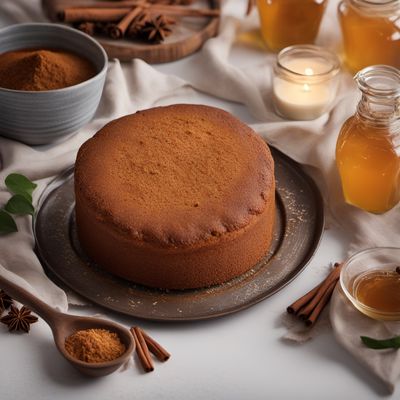
Dish
Kasutera
Castella Cake
Kasutera has a light and fluffy texture and a sweet, delicate flavor. It is often served with green tea or as a dessert after a meal.
Origins and history
Kasutera originated in Japan in the 16th century, when Portuguese merchants introduced sponge cake to the country. It has since become a popular dessert throughout Japan and other parts of Asia.
Dietary considerations
Kasutera is not suitable for those with gluten or dairy allergies.
Variations
Variations of Kasutera include using different types of flour, such as rice flour or buckwheat flour, and adding different flavors, such as matcha or honey.
Presentation and garnishing
Kasutera is typically presented on a decorative platter and garnished with fresh fruit or edible flowers.
Tips & Tricks
To prevent the cake from becoming too dry, it is important to wrap it in plastic wrap or parchment paper while it cools.
Side-dishes
Kasutera can be served with fresh fruit or a fruit compote on the side.
Drink pairings
Kasutera pairs well with green tea or a light, fruity white wine, such as a Riesling or a Gewürztraminer.
Delicious Kasutera recipes
More dishes from this category... Browse all »

Ageeli
Yemeni cuisine

Agnello pasquale
Italian cuisine

Agnes Bernauer Torte
German cuisine

Amygdalopita
Greek cuisine

Angel Food Cake
American cuisine

Apfelkuchen
German cuisine

Arnadí
Spanish cuisine

Baked Alaska
American cuisine




